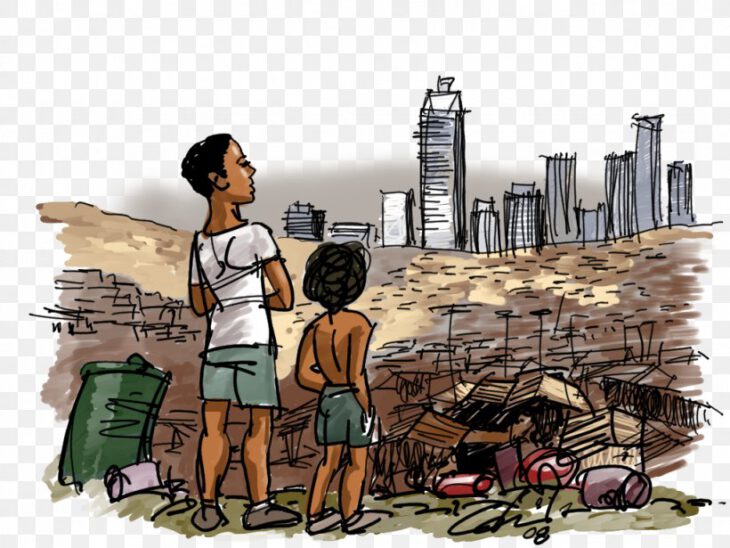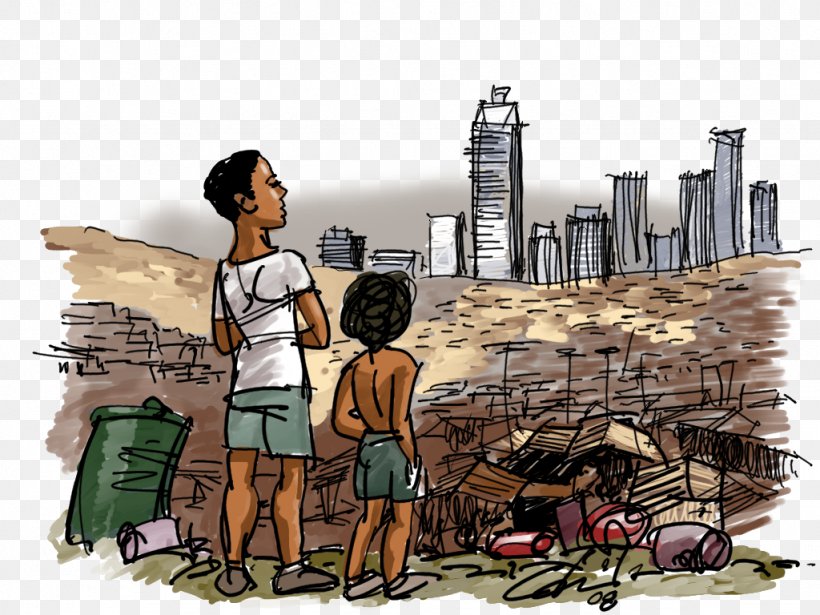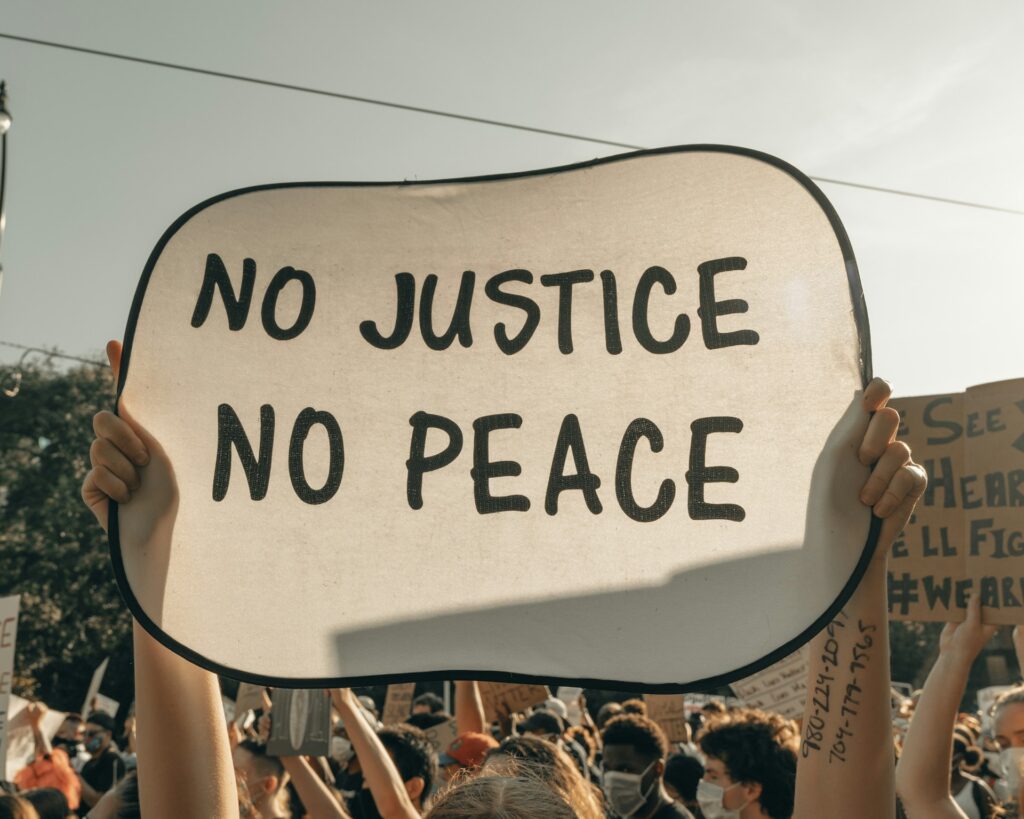
Social & Economic Inequalities in Malawi Today
 Hello everyone, in this article we will discuss some key Socio-economic inequalities are substantial differences in society based on levels of income, social class or the areas people live in. Apart from these in life expectancy, health, employment, housing and social inclusion.
Hello everyone, in this article we will discuss some key Socio-economic inequalities are substantial differences in society based on levels of income, social class or the areas people live in. Apart from these in life expectancy, health, employment, housing and social inclusion.
Socio-Economic Inequalities in Malawi
Socio-economic inequalities in Malawi are evidenced in social class, occupational background, educational socio-demographic differences among others, which relates to factors such as age, gender, ethnicity, marital status, number of children, household composition, and living arrangement.
Global Perspective and Malawi’s Situation
The World Social Report 2020 sent out a message that, “inequality in a rapidly changing world comes as we confront the harsh realities of a deeply unequal global landscape. For Malawi, the mass protests between 2014 to 2019 flared up, fueled by a combination of economic woes, growing inequalities, and job insecurity. Income disparities and a lack of opportunities are creating a vicious cycle of inequality, frustration, and discontent for the citizenry.
Beyond Income and Wealth Inequalities
A look at inequality in a wider spectrum away from the common income/wealth which is said to be central in any economic analysis because inequality has since moved to the forefront of policy debate. The “Leave no one behind” is a rallying cry of the 2030 Agenda for Sustainable Development within and among countries aimed at reducing inequality as stipulated in Goal 10 – Sustainable Development Goals (SDGs). The extraordinary economic growth and widespread improvements in well-being observed over the last several decades have failed to close the deep divides within and across Malawi.

The Forces Affecting Inequality
Powerful economic, social, and environmental forces are affecting inequality. The implications of these global forces – or megatrends – are broad and varied. Some can help equalize opportunities, while others are exerting mounting pressure on income inequality, mainly through their effect on labor markets.
The Income Gap and Pension Disparities
The average weekly net income of the poorest in the country as well as the occupational and private pensions have a large part of the growing gap between the poor and pensioners. Increasing the incomes of poor people is necessary but not a sufficient step in isolation to reduce inequality.
Inequality in Healthcare
Additionally, there is a vast inequality in the quality of health care services in our public and private hospitals. There have been a number of major studies, which have demonstrated a clear link between socio-economic background (such as income or occupation) and health. The most recent of these, the Marmot Review, found that in England, people living in the poorest neighborhoods will, on average, die seven years earlier than people living in the richest neighborhoods. These health inequalities are not just limited to life expectancy but also infant mortality, mental health, physical health, and so on.
Persistent Health Inequalities
Health inequalities are remarkably persistent in the country and life expectancy increased for everyone between 1971 and 2005 but the gap between social classes remained.
The Education Imbalance
An existing imbalance in the education sector both nationally and internationally. Socio-economic inequality is a global challenge, and intimately connected to other pressing issues of these times: not only rapid technological change but also the climate crisis, urbanization, and migration. In many other places, the growing tide of inequality could soon further swell under the force of these megatrends.
Poll
You can also read our guide on the best universities in Malawi and the cost of education in Malawi.
- Social & Economic Inequalities in Malawi Today - November 16, 2021
- Cost of education in Malawi - June 11, 2021
- The Quest for a Pragmatic Economic Management Framework in Malawi - February 10, 2021

